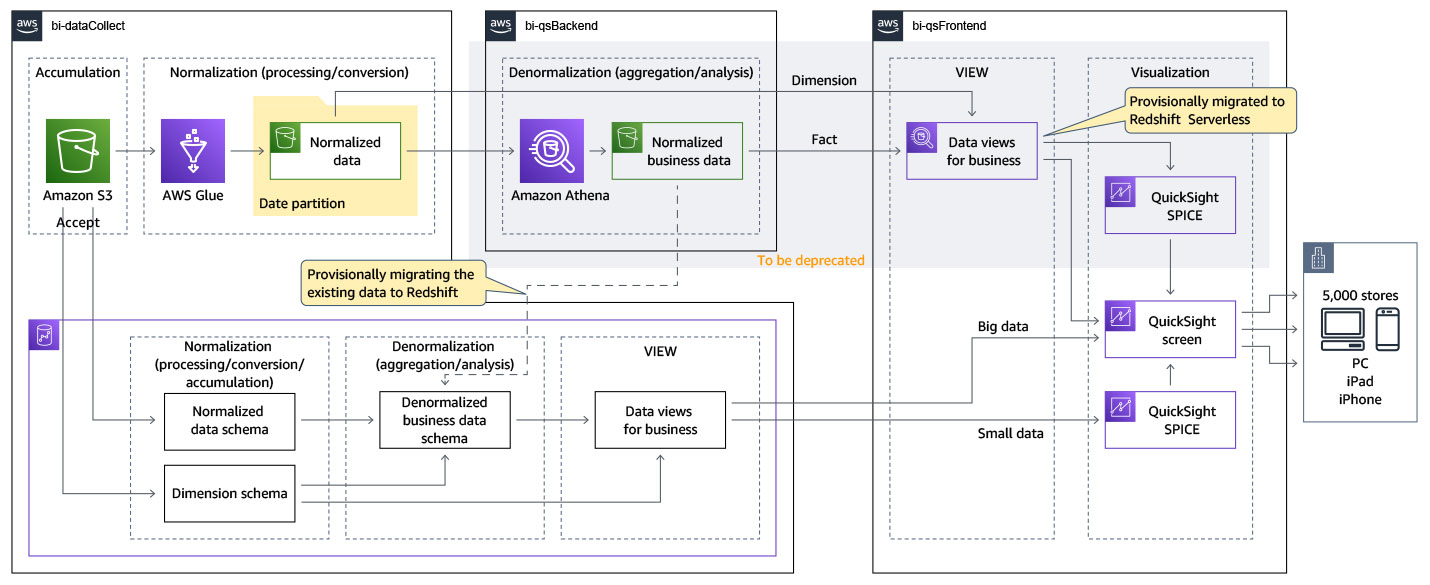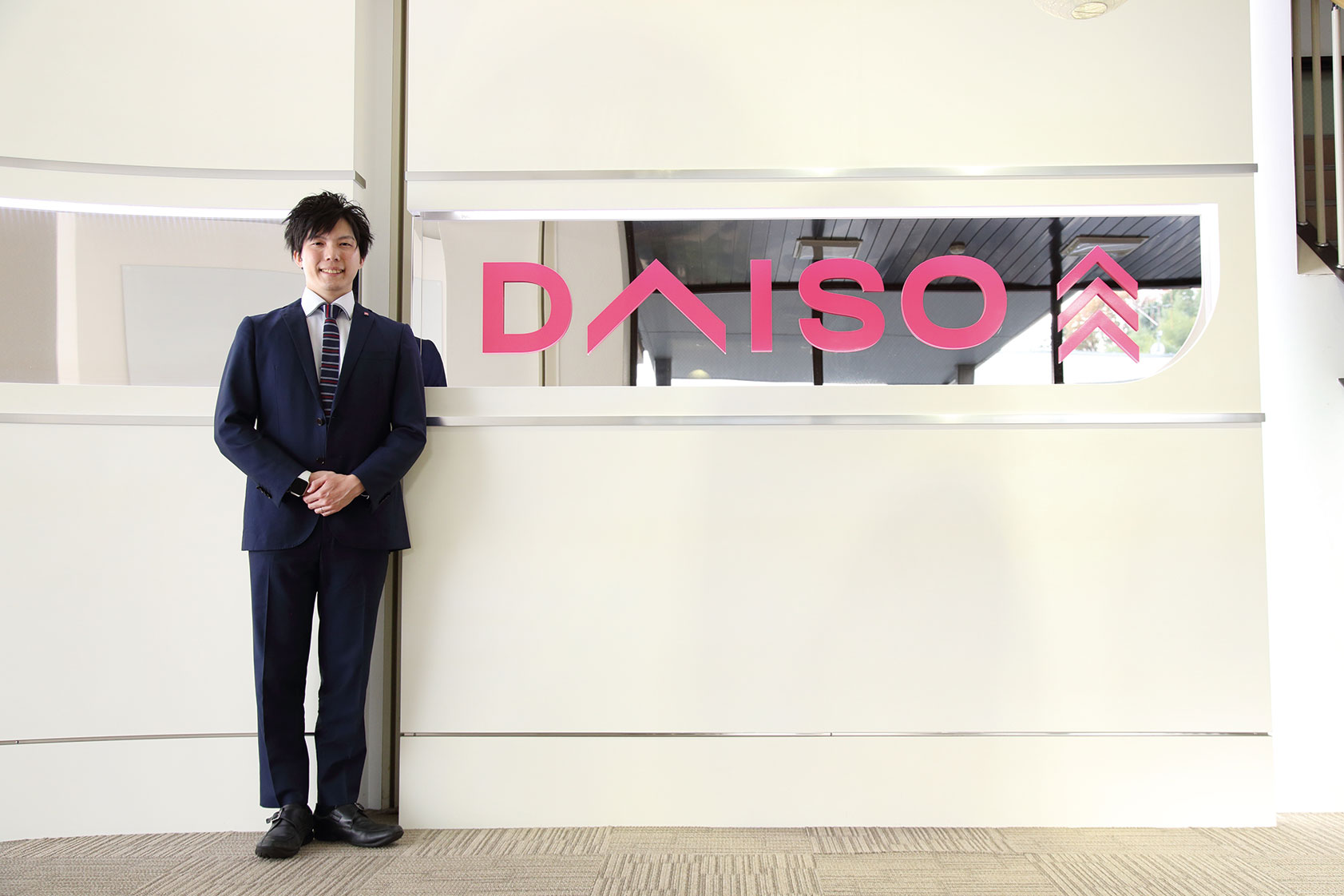- Customer Stories›
- Manufacturing

Daiso Built Data Analysis Tools Using AWS, Helping All Employees to Make Data-Driven Business Decisions
Key Outcomes
Overview
Daiso Industries (Daiso) is a Japan-based company that operates the Daiso 100-yen store. The company decided to migrate to the cloud in 2013 and has adopted Amazon Web Services (AWS). In 2018, it built a serverless centralized point-of-sale (POS) data processing system and introduced new tools for data analysis. Now, the company provides dashboards to all employees for purchasing and developing products and other applications.

Opportunity | Establishing a Centralized POS Data Processing System to Handle Large Volumes of Product Data
We chose Amazon QuickSight because of its ability to retain the necessary data for analysis in the long term and its cost-effective per-session pay-as-you-go billing system."
Takaya Kanzaki
Manager, System Planning Section, Information Systems Department, Corporate Planning DivisionSolution | Developing Departmental Dashboards Using Amazon QuickSight
Architecture

Outcome | Facilitating Company-Wide Data Sharing and Use
About Daiso Industries
Daiso Industries runs more than 6,000 DAISO 100-yen stores in Japan and 26 other countries and regions worldwide. It carries nearly 76,000 items and develops approximately 1,200 new products every month. In recent years, the company has developed the 300-yen shop THREEPPY and a new business model, Standard Products. It expanded its sales channels by opening an e-commerce site in 2020.


AWS Services Used
Get Started
AWS

Get Started with AWS
Learn how to start using AWS in minutes

AWS Free Tier
Gain free, hands-on experience with AWS for 12 months